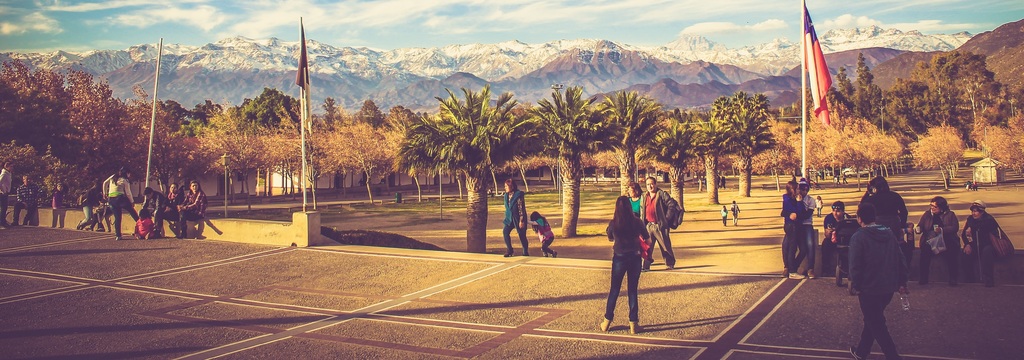Chile
"In the native language Chile means: “Where the world ends”. It is a country of extremes which can be seen in the diverse geography, flora and fauna. Its friendly people and relax atmosphere will ensure you will have a great exchange experience exploring a new culture and learning the language, while at the same time dancing a lot and enjoying countless asado barbecues."
Did you know...
Chile is the longest country in the world. It’s 4.329 km long, which is a 10th of the circumfence of the earth.
Chile is one of the narrowest countries in the world with an average width of only 180 kilometers
between the Andes mountains and the Pacific Ocean.
Chile is the world 6th largest exporter of wines.
There are 2000 volcanoes in Chile, out of which 50 are active volcanoes.
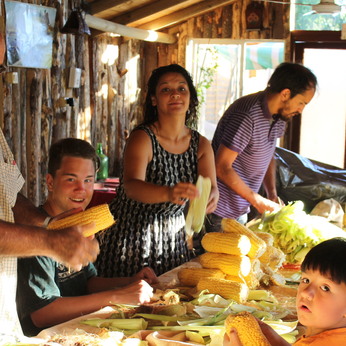
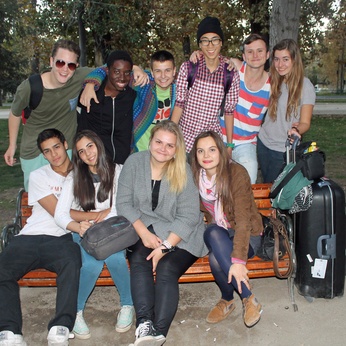
Host Families
Chilean host families are very special and unique. Its most outstanding characteristic is that they are knitted very closely. Both parents and children, together with close relatives, share daily matters as well as special social events. Most Chilean host families have a middle class income level and you might not have the comforts you are used to, such as central heating, dish washers and dryers. However, your host family will open heart to you and make you feel happy and comfortable.
The role of the family
The family occupies a central role in Chilean life. Even extended families are very close and will meet up frequently for major occasions and celebrations. Weekends are considered family time and it is rare for business to interfere with family obligations. Family relationships carry over into business though: in smaller firms, positions are often filled by family members first and second by close friends. Chileans do distinguish between business and family, but the line is less clearly drawn than in many other cultures where business and personal life do not overlap.
Families are usually small, with 2 or 3 children. Most young people live with their parents until they get married and/or have a job. There is an emerging trend for young people is to get their own apartment; however, the numbers remain small.
Class structure
Chilean society is highly fragmented according to income. In its early history, the upper class consisted of the dominant landowners. Today, much of the wealth remains in the hands of a few families. There is a large and stable middle class that accounts for over half of the population. Since class distinctions are financially defined, it is possible to move between classes if someone works hard and achieves financial success. This is more likely to occur when moving from the lower to the middle class.
School
International students are expected to attend High School with all the obligations of a regular registered student. All courses are programmed by the Ministry of Education for the different levels and are compulsory. High school education in Chile finishes in 12th grade. If you are between fifteen and seventeen years of age you will attend the grade according to your age. Students will not be able to attend 12th grade, because there would be no more levels of High School for you to attend after December since the school year in Chile begins in March and ends in December.
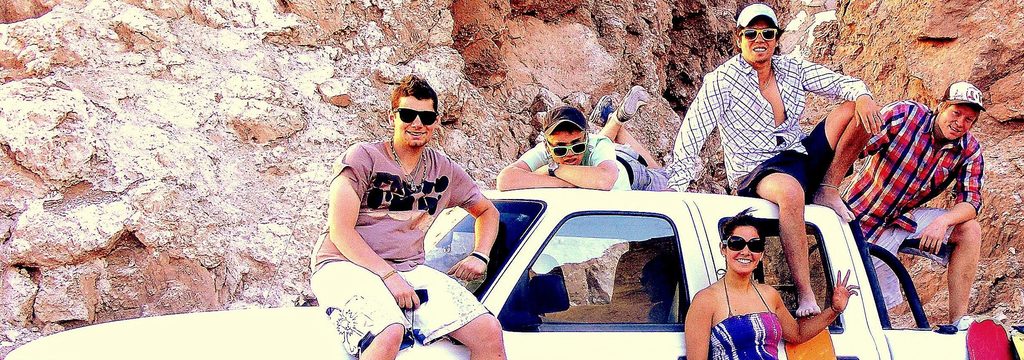
"This is a once in a life time experience. I never thought I would be brave enough to leave my family and friends and meet so many new people in my host country. I am so grateful!"
Free time
It is possible to partake in dozens of different activities in Chile. Outdoor activities such as hiking, running, mountaineering, skiing, swimming, rafting, and scuba diving are all easily available since the mountains and the ocean are always close due to Chile’s geography.
Soccer is the national sport. There are ambassadors inside and outside the most important leagues in the world. Ivan Zamorano and Marcelo Salas led to “La Roja” of Alexis Sanchez and Arturo Vidal, the national team that made us Champions of America. If people don’t play soccer themselves, then gather for national, regional and even local matches to watch the game together in the stadium or on television. Rugby is also played in some areas and basketball is increasing in popularity.
The arts scene thrives in Chile, and Chileans regularly attend operas, dances, orchestral performances and plays. The capital city of Santiago contains a particularly vibrant arts scene and has some excellent museums and theatres. Cinemas can be found in large cities and show the latest blockbusters and local films.
Another thing Chilean teenagers like to do is to dance! So shake loose and join your new friends. Dance is also at the center of many traditional celebrations and festivities.
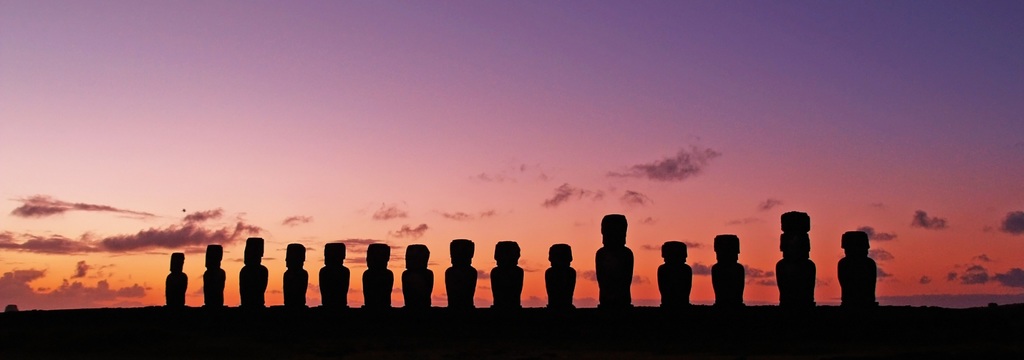
Discover Chile
You want to see the world, explore and go on an adventure
Chile is a country full of character in the sense of being very diverse in culture. Since the country stretches over thousands of kilometers from north to south, the climate varies from hot and sunny in the north to cold and snowy in the south. Chile runs from the Andes Mountains to the Pacific and also has territories in Polynesia and Antarctica, making it a tri-continental nation. From the high Andean plateau to the untouched southern territories at the end of the world, Chile invites you to live adventures in the middle of the world’s driest desert, in the unique rainforest of South America, in front of millennial glaciers that are waiting to be discovered or under the watchful eye of the Andes in the middle of the buzz of modern cities like its capital, Santiago.
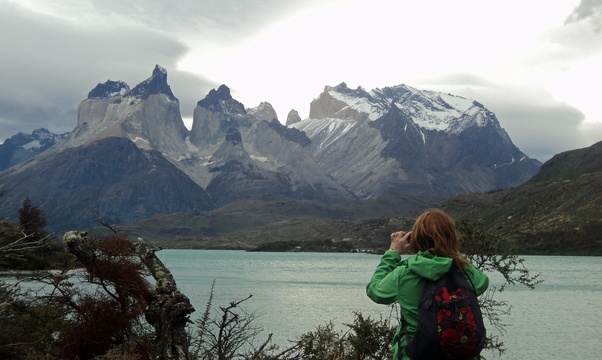
Top 10 things to do in Chile
1. Easter Island - houses over 800 statues made of stone called Moai that were carved by the Rapa Nui indigenous people.
2. Atacama Desert - the driest desert in the world, and home of Patagonia, the most southern tip of the world. During the night you can see billions of stars, that’s why the desert is home to many observatories.
3. Patagonia - visit the rocky spires known as Torres del Paine, tiny villages, and meet gauchos.
4. Coastal city Valpairaso - one of the great things to see is the graffiti that defines the city. Streets are lined with very creative portraits and unique art work. Make sure to explore the Pablo Neruda museum.
5. Celebrate our independence - during September 18th. Across the country, communities celebrate with parades, air shows, festivals, patriotic decorations and indigenous foods. Individual families celebrate by hosting traditional "asados," or barbecues, where they eat, drink and dance, to the rhythm of Cueca often late into the night. Independence Day festivities are celebrated over a long weekend and typically last for several days to a week.
6. Visit Pablo Neruda’s houses - Pablo Neruda was an important and beloved Chilean for many reasons. Pablo had many loves whether it was a woman, poetry, figureheads from ships, or interesting collectables. His houses (in Santiago, Valparaiso, and Isla Negra) are works of art, most notably his house called La Chascona meaning messy hair in Spanish. Each house is unique and offers a part of not only Pablo’s but also Chile’s history.
7. View Santiago from hill San Cristobal - Santiago is surrounded with hills, called “cerros” in Spanish. While on cerro San Cristobal you can see the hills, but you also can realize just how massive Santiago is, the city stretches further than the eye can see.
8. Ski the Andes mountains - The east border of Chile is lined by the Andes Mountains. Snow covers the mountains near Santiago during the winter months, making it a prime location for winter activities like skiing and snowboarding.
9. Eat a Chilean hotdog or Chilean fries - In Chile, the standard hot dog, called a completo, is topped with avocado, tomato, and mayonnaise. Chorrillana, Chilean fries, are topped with shredded meat, eggs, and onion.
10. Go to Pucon, a beach in the mountains – many hours drive from the ocean there’s a beach. Hundreds of meters above sea level, people laze on the shore and splash around in the water. There’s no sand just grey volcanic rocks. But Pucon is not just popular for the beach, which is on the side of an enormous lake. It’s also a base for a whole range of adventure sports. Trekking, rafting, canyoning, and so on. This is what the Chileans come for during the summer
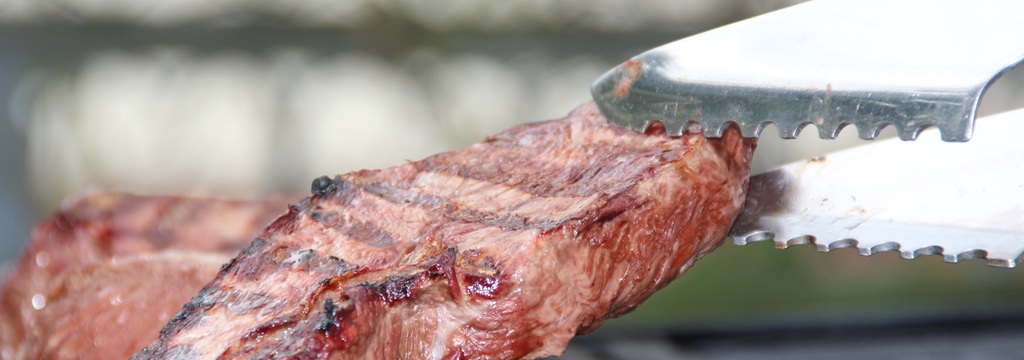
Food facts
In Chile you have a light breakfast, big lunch, and light dinner. They are called desayuno, almuerzo, and once respectively. Yes, once is the same word as the Spanish word for 11, however it does not mean that the meal occurs at 11:00 PM. Desayuno is eaten between 8 AM and 10 AM, generally consists of some bread with butter, jam, or cheese; or something along the lines of yogurt or cereal. This is the lightest meal of the day. Almuerzo is eaten between 1 PM and 4 PM, it is a heavier meal that usually consists of three courses, sometimes four. First you have soup, then you have the real food, then you have salad, then you have dessert. The soup part is the one that varies depending on the season. The colder it gets, the more often soup becomes a necessary dish. Dessert usually consists of fruit or something else sweet and tea or coffee. Once is a meal that varies from day to day. Most of the time, it is eaten around 8 PM and consists of the same sort of food as desayuno. Bread, butter, avocado, tea, and coffee. A real dinner, normally happens only on special occasions.
CHILEAN SPECIALTIES TO TRY WHEN ON EXCHANGE
1. Pastel de Choclo: corn casserole with meat stuffing
2. Empanadas: pastry filled with meat, mussels, cheese, and/or vegetables
3. Cazuela: homemade stew with beef, chicken, corn, rice, and potatoes
4. Locos: a rare type of mollusks
5. Be sure to eat Asado at a parrillada, grill restaurant, offering various meats (beef, pork or chicken) cooked over hot coals.
6. Manjar: cooked condensed milk, very sweet and slightly similar to caramel. You will find it in all kinds of sweets and cakes.
7. Try some of Chile's exotic fruits like pepino dulce (a kind of sweet pepper), tuna (a cactus fruit) and chirimoya, which has a soft, sweet flesh.
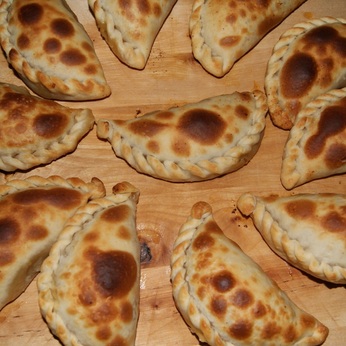
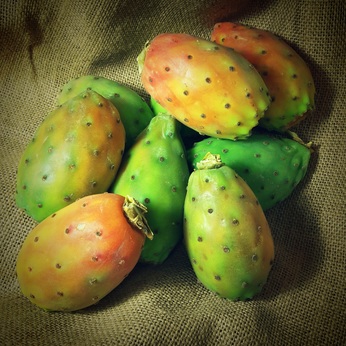
Try to cook cazuela (homemade stew)
Since your host family will provide you with all your meals throughout your stay in Chile, it could be a nice gesture to cook something typical from your home country or host country for your host family and friends to taste. Cazuela is a Chilean homemade stew, that is easy to prepare: give it a try!
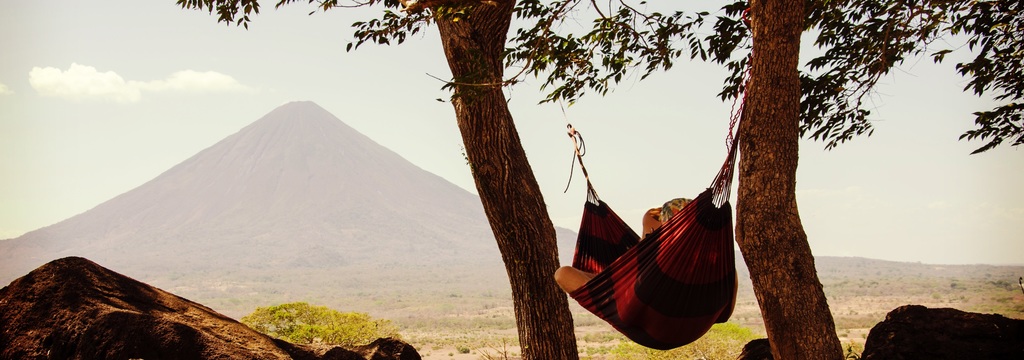
Geography
Chile is the fifth largest country in South America. The country has borders with Peru on the north, Bolivia on the Northeast, and Argentina on the eastside. The South and west border the Pacific Ocean. Chile’s capital is Santiago, which has approximately 6 million inhabitants spread across 30 municipalities. From the capital, you have a beautiful view of the Andean Mountains and another special feature is that the city has easy access to both ski slopes and beaches. Chile is unique, because it stretches over several thousand kilometers from north to south, which means the weather and therefor nature is very different in different areas of the country.
Climate and nature
Chile is a country of extremes which can be seen in the diverse flora and fauna. Because the country is more than 4,000 kilometers long, the weather varies from hot and humid to cold and snowy. Nature is anything from extremely dry deserts to ski slopes. Your exchange experience will differ depending on where you will live. But no matter which place in Chile you will call home, be assured that there will be plenty to discover!
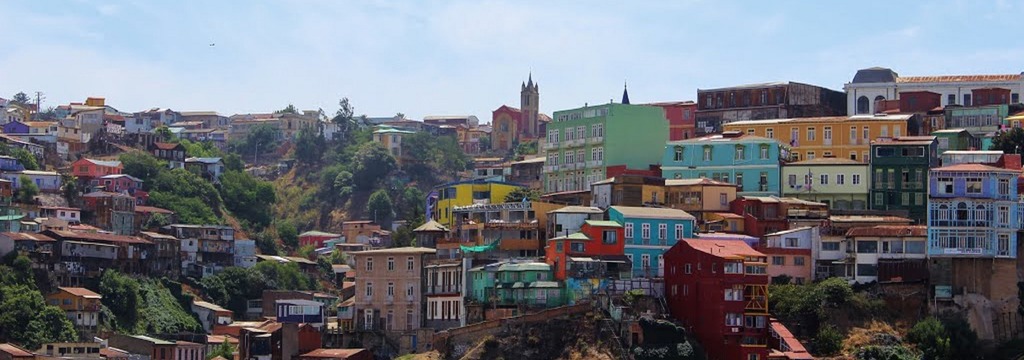
Language
Spanish is the official language of Chile. There are also quite a few indigenous languages such as Mapudungun (still spoken by Mapuches from the Araucanía Region) and Aymara (spoken in the mountains of the north; between Tarapacá and Antofagasta Region).
The Spanish which is spoken in Chile is often the same as the standard Spanish, but the Chilean Spanish does have characteristic pronunciation, grammar and vocabulary. In addition, slang usage is very common.

Movies & Music
Cumbia style has its origins in the Caribbean climates of Colombia, Venezuela and Panama, and was introduced to Chile in the mid 1960s by the Venezuelan Luisín Landáez. Later in the same decade, Colombian musician Amparito Jiménez would record and release albums in Chile and had great success with the song “La pollera colora”, one of the most emblematic Colombian songs. Later, the Chilean band Sonora Palacios would bring cumbia to mass popularity among the Chilean population. Since the beginning, Chile has developed its own kind of cumbia known as "cumbia sonora" with long standing orchestras. These have been popular in the last 50 years and still enjoy mainstream popularity, seen as part of Chile’s musical culture and identity.
Chilean cumbia added brass instruments, piano and a faster percussion to the original cumbia style. Some performers in this subgenre are La Noche and Américo). Also in the 2000s, a style called New Chilean cumbia or Cuambia Rock emerged, led by bands like (Chico Trujillo, Pánico and Juana Fe). This new Chilean cumbia is highly influenced by rock and some hip-hop groups. Other popular music in Chile are rock, hiphop, rap and electronic music.
